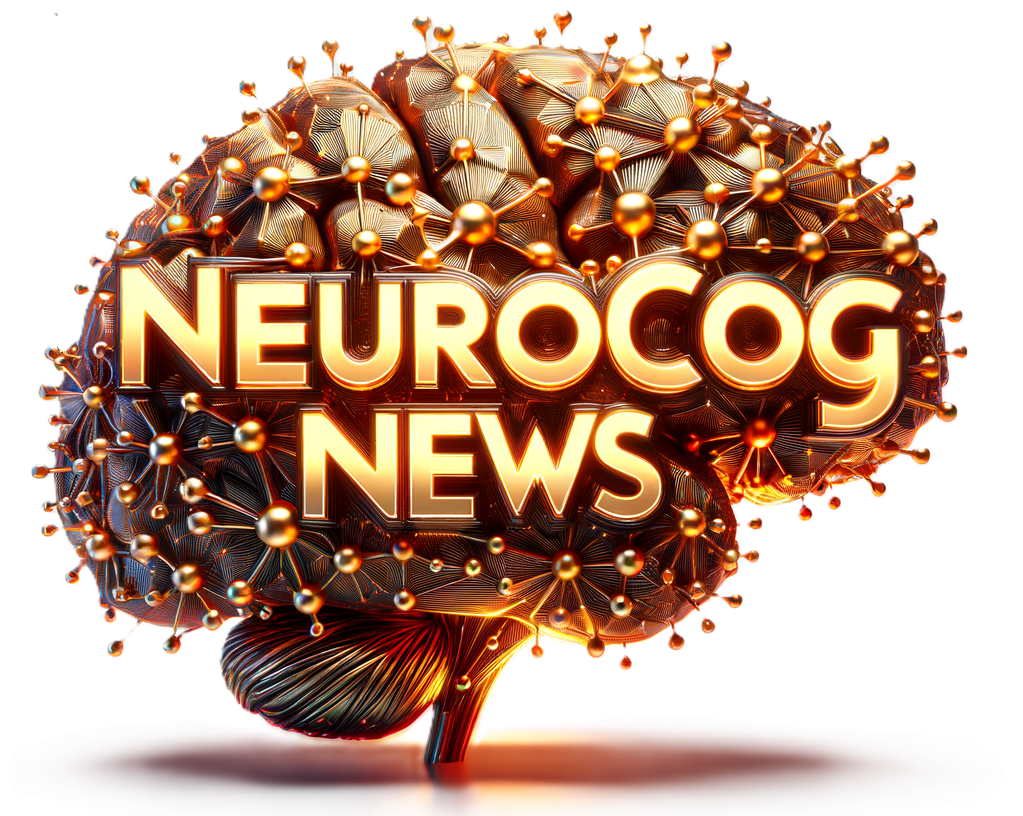Have you ever wondered what exactly happens in our brain as we age, and why some people develop certain neurodegenerative conditions while others do not? One of these inclusively complex and relatively newer conditions to be aware of is Limbic-Predominant Age-Related TDP-43 Encephalopathy, better known as LATE.
What is LATE?
LATE is a form of cognitive impairment that involves a deposition of TDP-43 protein clumps primarily within the limbic system of the brain. If you’re not familiar with these scientific terms, think of TDP-43 as a protein and the limbic system as a crucial set of structures managing emotions and memory. In LATE, TDP-43 accumulates abnormally, disrupting normal brain functions, leading to symptoms similar to those found in Alzheimer's disease.
The Nature of the TDP-43 Protein
One of the core elements of understanding LATE is grasping the role of the TDP-43 protein. TDP-43 stands for transactive response DNA binding protein 43 kDa. It’s a normal protein that primarily binds with DNA and is involved in various cellular functions, including gene expression—essentially acting as a manager of sorts, ensuring genes perform their roles correctly. However, in conditions like LATE, TDP-43 forms aggregates, or clumps, which are toxic to nerve cells, resulting in cell death and cognitive dysfunction.
Understanding the Limbic System's Role
When thinking about LATE, it’s integral to discuss why the limbic system is significant. Imagine your brain's limbic system as the control center for emotions and memory. It consists of structures like the hippocampus, amygdala, and cingulate cortex. In LATE, these areas show marked accumulation of abnormal TDP-43 protein, leading to significant cognitive impairment.
Differentiating LATE from Alzheimer's Disease
It's easy to confuse LATE with Alzheimer's due to overlapping symptoms, yet they are distinct conditions. Alzheimer’s is characterized by amyloid-beta plaques and tau tangles, whereas LATE involves TDP-43 pathology. Research suggests that individuals with LATE may display more amnesia- and language-related issues earlier than those with Alzheimer’s.

Symptoms of LATE
Symptoms of LATE can mimic different types of dementia and typically emerge in later stages of life, often beyond 80 years of age. The progression of symptoms may vary from mild cognitive impairment to more severe dementia-related issues.
Common Symptoms
-
Memory Loss: Gradual loss of memory, particularly related to recent events.
-
Difficulty with Language: Challenges in finding words and naming objects.
-
Emotional Changes: Mood swings, depression, or anxiety, often without clear cause.
-
Decreased Problem-Solving Ability: Difficulties in planning, organizing, or carrying out tasks.
Progression of Symptoms
The symptoms of LATE generally progress more slowly compared to Alzheimer's. Though individual experiences vary, the course of cognitive decline is observed over several years. Research shows an average decline rate similar to that of Alzheimer's, though there are stark differences in onset and symptom manifestation.
Diagnosis of LATE
Diagnosing LATE is a complex process as it’s often indistinguishable from Alzheimer's or other dementias until post-mortem brain analysis is conducted. However, there are specific approaches clinicians utilize to differentiate LATE from other neurodegenerative disorders.
Current Diagnostic Tools
-
Neuroimaging: Utilization of MRI can sometimes help in identifying limbic system atrophy.
-
Genetic Testing: Though still under study, certain genetic markers might indicate susceptibility to LATE.
-
Clinical Assessment: Comprehensive cognitive testing assessing memory, language skills, and perception aids in evaluating cognitive decline.
Unfortunately, most confirmatory diagnosis of LATE occurs posthumously through histopathological examination of brain tissues, indicating the presence of TDP-43 inclusions.

Risk Factors for LATE
Understanding who might be at risk for LATE involves looking at several potential factors that may contribute to the development of this condition.
Age-Related Risks
Age remains one of the most significant risk factors for LATE. Most cases emerge in individuals in their seventies and eighties, marking the prevalence of brain aging processes in LATE's development.
Genetic Predispositions
Research suggests potential genetic predispositions may be involved. Genes, such as TMEM106B and GRN, are suspected to play a role, indicating that family history is, indeed, impactful.
Potential Treatment and Management Options
As of now, there is no specific treatment for LATE, akin to many neurodegenerative conditions. However, some strategies aim to manage symptoms and improve quality of life.
Symptom Management Approaches
-
Pharmacological Interventions: Medications used for Alzheimer’s might be prescribed to help with symptoms like memory loss or mood disturbances.
-
Cognitive Therapy: Engagement in mentally stimulating activities and cognitive exercises can slow cognitive decline.
-
Lifestyle Adjustments: Healthy diets, regular physical activity, and maintaining social connections are beneficial strategies for managing symptoms.
Forward-Looking Research
Scientists continue to seek more definitive treatments by exploring the molecular underpinnings of TDP-43, aiming to develop therapeutic approaches that may halt or even reverse its pathological effects.
LATE in the Context of Public Health
LATE represents a substantial public health challenge mainly because the aging population is increasing. Raising awareness and effectively diagnosing LATE becomes imperative to mitigate its long-term impact on individuals and healthcare systems globally.
Community and Healthcare Professional Involvement
Increasing education on LATE among healthcare providers helps in earlier recognition and better management of symptoms, ultimately improving patient care quality.
The Importance of Ongoing Research
Ongoing research remains crucial in better understanding LATE. By investing in research and development within neuropathology and genetics, there exist possibilities of discovering preventive measures and more effective treatments in the near future.
The Future Outlook and Importance of Awareness
As research continues to unlock the secrets of how TDP-43 contributes to LATE, awareness and understanding will align with advancements that could make a significant difference in the lives of affected individuals and their families.
Encouraging Early Involvement and Support
If you’re involved in elder care, remaining observant to changes in memory or behavior can lead to significant steps in early intervention, potentially easing long-term impacts through consistent support and medical consultation.
LATE, a less common and lesser-known form of dementia than Alzheimer’s, underscores the broad spectrum of neurodegenerative disorders that demand our attention and understanding. By staying informed and participating in discussions about LATE, you're better equipped to support a condition that remains under recognized yet profoundly impactful within the sphere of late-life cognitive health.
